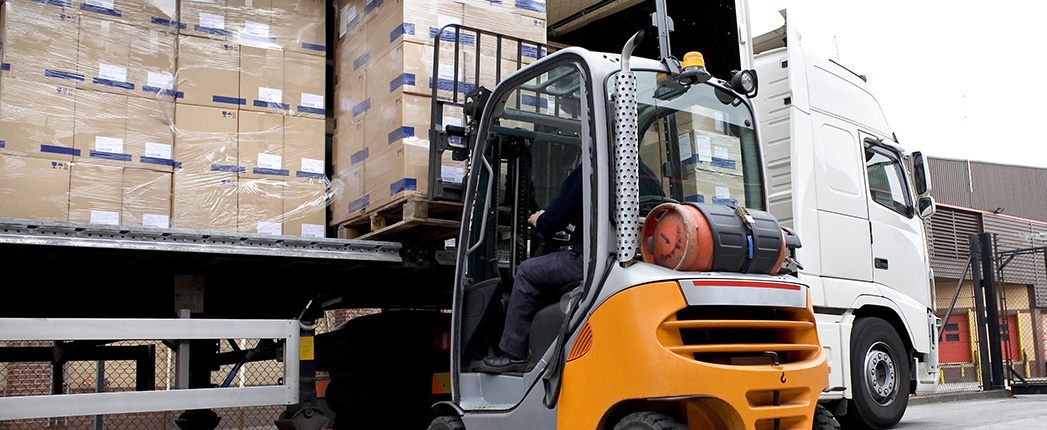
The COVID-19 pandemic – along with multiple other disruptors – has upended the logistics market in the United States the past year, turning it from a buyers’ to a suppliers’ market.
As a result, shipping services have greatly escalated, a speaker at a recent industry forum said, making it incumbent on businesses to get a handle on an exert control over these expenses.
“A lot of people know that their freight costs are increasing year over year or month over month, but they don’t understand why,” Melissa Runge, vice president for analytical solutions at Spend Management Experts, said Oct. 13 during a webinar organized by the Petroleum Packaging Council.
While the coronavirus pandemic has sharply reduced demand in many, many industries, it has had the opposite effect for the business of transporting goods. In efforts to avoid exposure in stores, consumers – as well as businesses – have significantly increased the use of delivery services for a wide variety of products. During the first six months of 2020, spending on delivery of small parcels increased 19% compared to the same period of 2019 to $380 million, Runge said.
That increase in demand has stretched the capacity of resources such as vehicles and drivers in the small parcel market, she said, leading many carriers and shippers to shift operations to the less-than-load and truckload segments of the logistics market.
Capacity is consequently stretched across the whole market, Runge said. Other factors are also having destabilizing impacts on the market, including trade wars between the United States and other countries and the political environment during a presidential election year. The combined effect has been to put carriers in much more advantageous positions than they were previously in dealing with customers.
“COVID has just turned the market upside down in terms of capacity, in terms of demand, time in transit,” Runge said. “Everything that you can think of related to the supply chain market has been affected by the pandemic. 2019 was the year of the supplier. You had the power to negotiate with carriers to reduce costs. Now, 2020 is the year of the carrier. They are in the driver’s seat in terms of what they have to do.”
Among the things they have been able to do is reduce service. Guarantees for on-time delivery had been the norm within the industry but were suspended earlier this year when demand spiked. Eliminating guarantees means no reimbursement for shippers when delivery schedules aren’t met, and as a result they are not being met, Runge said. She added that carriers have shown no signs of reinstating such service.
Prices are rising in all sorts of ways. Basic rates had been rising around 5% annually in recent years but are up around 6% this year. Bigger impacts come from a range of fees that carriers impose. Fuel surcharges are standard and have reached 100% for ground transportation and 700% for air.
“In all modes there is a fuel surcharge and this fuel surcharge has become a profit center for all modes of transportation over the years,” she said. Fees are also applied for oversized packages, oversized or irregularly packed pallets, items that require redelivery or reworking or stopovers, imports, exports. Costs for these continually rise both because carriers raise the fee itself and because of changes in how they are assessed.
PPC Technical Education Committee Chairman Tom Valentine, who moderated Runge’s presentation, noted that the benchmark measurement on which standard charges for the industry’s linear foot rule has shrunk from 12 feet to eight feet. Shippers of parcels that exceed that size pay surcharges calculated at a rate of 1,000 pounds per additional foot.
“They keep finding many ways to move the bar so that they can have additional charges that are buried in there,” Valentine said of carriers.
Runge said the good news is that carriers do appear to be investing some of the proceeds from these charges into drivers, vehicles and technology, but she added that they are also making record profits.
Costs for transporting goods have skyrocketed, she said. Spend Management Experts, which consults on logistics, has clients spending millions of dollars just on certain surcharges. She advised that the first step to containing costs is to understand them. Many companies do not thanks to how complex pricing has become.
“Get help even if you need a consultant,” she said. “Ask for breakdowns of how much you are spending on these charges, because you have a right to know. Take a look at your contracts. Once you have your hands around the data, dip into those areas that are affecting you. Just drilling down into those large buckets of costs.”
Once companies see how much they are charged for different things they can intelligently consider changes in their packaging and transportation practices, she said.